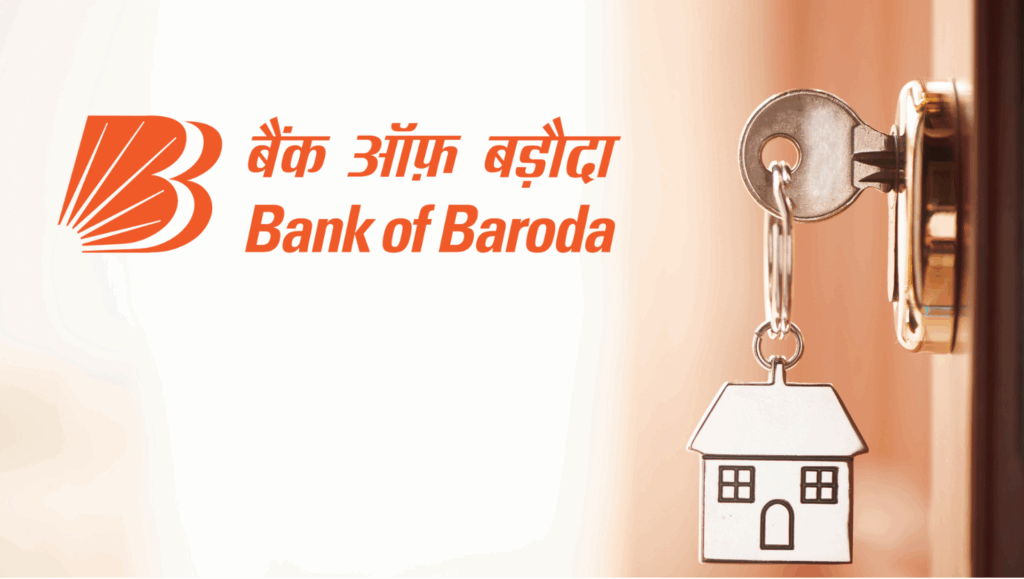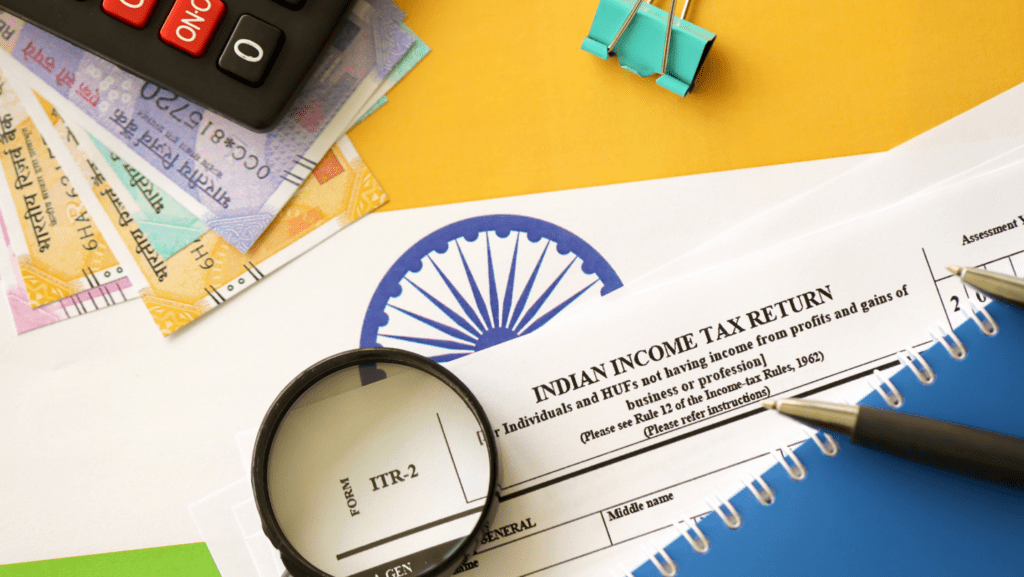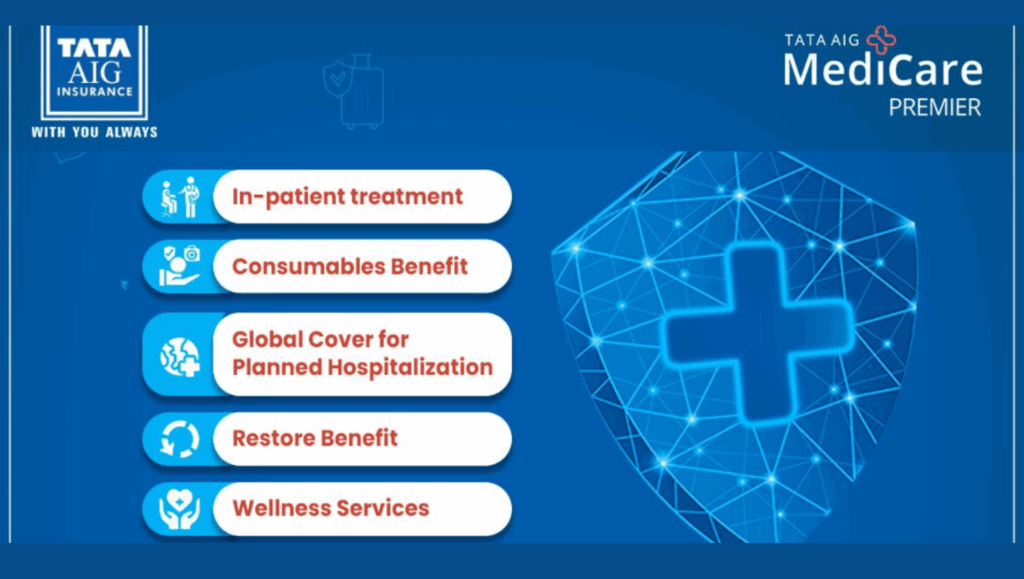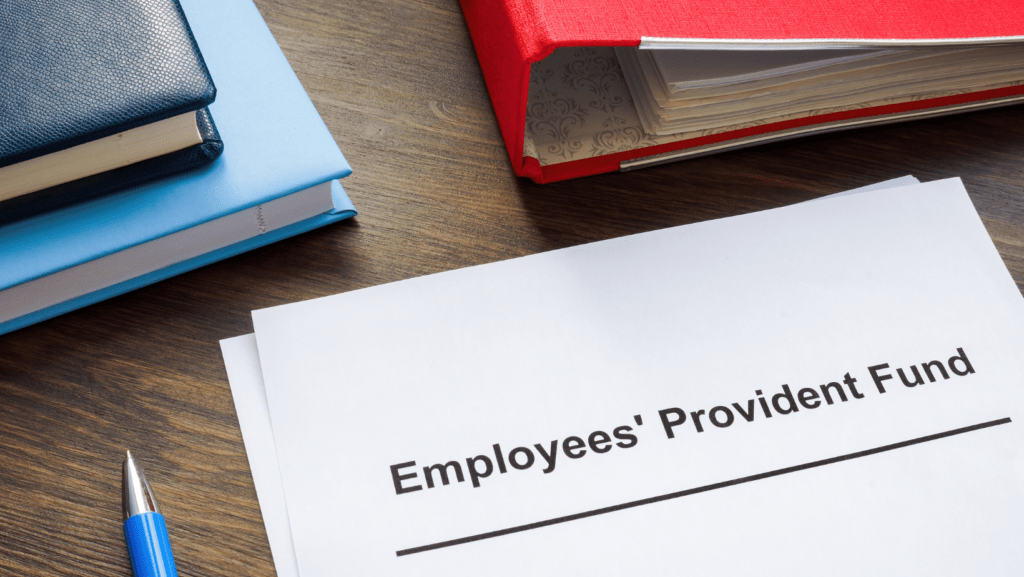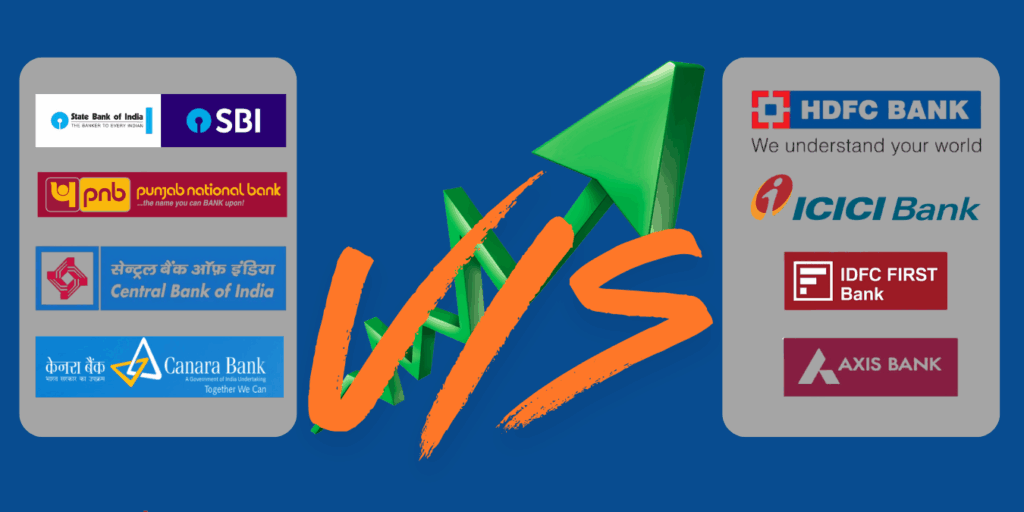
“Learn how to plan your retirement corpus in India with fixed-income and non-risk funds. Explore PPF, NPS, SCSS, debt mutual funds, and more for safe, inflation-proof returns. Start building a stress-free retirement today!”
Planning for retirement is a critical financial goal that requires careful consideration and strategic planning. In India, where the financial landscape is constantly evolving, it is essential to stay informed about the latest trends and data to make well-informed decisions. This blog post will guide you through the process of planning your retirement corpus using fixed-income and non-risk funds, providing you with the latest data and insights to ensure a secure and comfortable retirement.
Steps to Plan Your Retirement Corpus
- Assess Your Retirement Goals: Determine your retirement age, desired lifestyle, and estimated expenses. This will help you calculate the amount needed for your retirement corpus.
- Evaluate Your Current Financial Situation: Review your existing savings, investments, and sources of income. Identify any gaps that need to be filled to reach your retirement goals.
- Choose the Right Fixed-Income and Non-Risk Funds: Based on your risk tolerance and investment horizon, select appropriate fixed-income and non-risk funds. Consider options like government bonds, high-quality corporate bonds, FDs, and fixed annuities.
- Diversify Your Portfolio: Spread your investments across different asset classes to minimize risk. A well-diversified portfolio can provide a balance between growth and stability.
- Regularly Review and Adjust Your Plan: Monitor your investments and make adjustments as needed. Changes in market conditions, interest rates, and personal circumstances may require you to reallocate your assets.
Understanding Fixed-Income and Non-Risk Funds
Fixed-income funds are investment vehicles that provide regular income through interest or dividends. These funds typically invest in government bonds, corporate bonds, and other debt instruments. They are considered low-risk investments because they offer predictable returns and are less volatile compared to equities.
Non-risk funds, on the other hand, refer to investment options that carry minimal to no risk of losing the principal amount. These include savings accounts, fixed deposits (FDs), and certain types of annuities. While the returns on these investments may be lower, they provide a high level of security for your retirement corpus.
Why Fixed-Income and Non-Risk Funds?
Fixed-income and non-risk funds are ideal for retirement planning because they offer stability, predictable returns, and low volatility. Unlike equity investments, which are subject to market risks, these instruments ensure that your capital is preserved while generating steady returns. Here’s why they are a great choice:
- Capital Preservation: Your principal amount remains safe, which is crucial for retirement planning.
- Predictable Returns: Fixed-income instruments offer assured returns, making it easier to plan your finances.
- Low Volatility: These funds are not affected by market fluctuations, ensuring peace of mind.
- Regular Income: Many fixed-income instruments provide regular interest payouts, which can serve as a source of income during retirement.
Fixed-Income Instruments for Retirement Planning
Here are some of the best fixed-income instruments to consider for building your retirement corpus:
| Instrument | Interest Rate (2023) | Tenure | Tax Benefits | Key Features | Why Invest? |
| Public Provident Fund (PPF) | 7.1% per annum | 15 years (extendable) | EEE (Exempt-Exempt-Exempt) under Section 80C | Government-backed, risk-free, compounding interest | Safe, tax-efficient, and ideal for long-term retirement planning |
| Senior Citizens Savings Scheme (SCSS) | 8.2% per annum | 5 years (extendable by 3 years) | Interest taxable, but deductions under Section 80C available | Quarterly interest payouts, designed for retirees | High interest rates and regular income for senior citizens |
| National Pension System (NPS) | 9-12% per annum | Until retirement (withdrawal after 60) | Additional deduction of ₹50,000 under Section 80CCD(1B) | Market-linked, low-cost, mix of equity, corporate bonds, and government securities | Combines growth and safety, ideal for long-term retirement planning |
| Fixed Deposits (FDs) | 6-7.5% per annum (senior citizens) | 7 days to 10 years | Interest taxable, but tax-saving FDs offer deductions under Section 80C | Assured returns, flexible tenure options | Safe and reliable, suitable for risk-averse investors |
| RBI Floating Rate Bonds | 7.35% per annum (linked to NSC rate) | 7 years | Interest taxable | Interest rate revised periodically, protects against inflation | Inflation-protected returns with government backing |
| Post Office Monthly Income Scheme (POMIS) | 7.4% per annum | 5 years | Interest taxable | Monthly income payouts, government-backed | Regular income stream, ideal for retirees |
| Sukanya Samriddhi Yojana (SSY) | 8.0% per annum | Until girl child turns 21 | EEE (Exempt-Exempt-Exempt) under Section 80C | Designed for girl child’s future, compounding interest | High interest rates and tax benefits, ideal for long-term savings |
| Kisan Vikas Patra (KVP) | 7.5% per annum | 124 months (10.3 years) | Interest taxable | Doubles investment in 124 months, government-backed | Safe and predictable returns, suitable for medium-term goals |
Non-Risk Funds for Retirement Planning
Non-risk funds are investment options that carry minimal or no risk to your principal amount. These are ideal for retirees or those nearing retirement who cannot afford to take risks with their savings. Some popular non-risk funds include:
| Fund Type | Returns (2023) | Tenure | Tax Benefits | Key Features | Why Invest? |
| Debt Mutual Funds | 6-8% per annum | Short to medium term | Long-term capital gains taxed at 20% with indexation | Invests in government securities, corporate bonds, and money market instruments | Higher returns than traditional fixed-income instruments with low risk |
| Liquid Funds | 5-7% per annum | Short term | Short-term capital gains taxed as per income slab | Invests in short-term money market instruments | Ideal for parking emergency funds, offers better returns than savings accounts |
| Arbitrage Funds | 6-8% per annum | Short to medium term | Treated as equity funds for taxation | Takes advantage of price differences in cash and derivatives markets | Stable returns with low risk, tax-efficient |
| Ultra Short-Term Debt Funds | 6-7.5% per annum | Short term | Short-term capital gains taxed as per income slab | Invests in debt instruments with maturity of 3-6 months | Low volatility, ideal for conservative investors |
| Gilt Funds | 7-9% per annum | Medium to long term | Long-term capital gains taxed at 20% with indexation | Invests in government securities (G-Secs) | Safe, government-backed, and offers inflation-beating returns |
| Corporate Bond Funds | 7-8.5% per annum | Medium to long term | Long-term capital gains taxed at 20% with indexation | Invests in high-rated corporate bonds | Higher returns than G-Secs, suitable for moderate risk-takers |
Comparison of Fixed-Income Instruments and Non-Risk Funds
| Aspect | Fixed-Income Instruments | Non-Risk Funds |
| Risk Level | Very low (government-backed or bank-backed) | Low to moderate (market-linked but low volatility) |
| Returns | Moderate (6-8.5% per annum) | Moderate to high (5-9% per annum) |
| Liquidity | Low to moderate (lock-in periods apply) | High (easy to redeem units) |
| Tax Efficiency | Varies (PPF and SSY are tax-free, others taxable) | Tax-efficient (indexation benefits for long-term gains) |
| Inflation Protection | Limited (except RBI Floating Rate Bonds) | Better (debt funds can offer inflation-beating returns) |
| Suitability | Ideal for risk-averse investors and retirees | Suitable for conservative to moderate risk-takers |
Key Takeaways
- Fixed-Income Instruments are ideal for risk-averse investors who prioritize capital preservation and predictable returns. They are backed by the government or banks, making them extremely safe.
- Non-Risk Funds (like debt mutual funds and liquid funds) offer slightly higher returns than traditional fixed-income instruments while maintaining low risk. They are more tax-efficient and provide better liquidity.
- A balanced portfolio combining both fixed-income instruments and non-risk funds can help you achieve your retirement goals while minimizing risk.
- Always consider inflation, tax implications, and liquidity needs when choosing between these options.
Creating a Balanced Retirement Portfolio
To create a balanced retirement portfolio, it is essential to allocate your investments across different asset classes. Here is a sample allocation strategy:
- Fixed-Income Funds: Allocate 50-60% of your portfolio to fixed-income funds such as government bonds, corporate bonds, and PPF.
- Non-Risk Funds: Allocate 20-30% of your portfolio to non-risk funds such as savings accounts, FDs, and RDs.
- Equity Funds: Allocate 10-20% of your portfolio to equity funds for potential growth. While equities carry higher risk, they can provide higher returns over the long term.
Importance of Starting Early
Starting early is crucial for building a substantial retirement corpus. The power of compounding allows your investments to grow exponentially over time. For example, if you start investing Rs. 10,000 per month at the age of 30, with an average annual return of 8%, you can accumulate approximately Rs. 1.5 crore by the age of 60. However, if you start at the age of 40, the corpus would be significantly lower.
Tax Benefits of Retirement Investments
Many fixed-income and non-risk investment options in India offer tax benefits, which can help you save on taxes and increase your overall returns. For instance:
- Public Provident Fund (PPF): Contributions to PPF are eligible for tax deduction under Section 80C of the Income Tax Act. The interest earned and the maturity amount are also tax-free.
- National Savings Certificate (NSC): Investments in NSC qualify for tax deduction under Section 80C. The interest earned is taxable but is reinvested and qualifies for a deduction.
- Fixed Deposits (FDs): Tax-saving FDs with a tenure of 5 years are eligible for tax deduction under Section 80C. The interest earned is taxable.
Common Mistakes to Avoid
- Underestimating Retirement Needs: Many people underestimate the amount they will need during retirement, leading to a shortfall.
- Ignoring Inflation: Failing to account for inflation can significantly reduce the value of your corpus over time.
- Over-Reliance on Fixed Deposits: While FDs are safe, they may not provide inflation-beating returns in the long run.
- Delaying Retirement Planning: The earlier you start, the more you can benefit from the power of compounding.
Planning your retirement corpus with fixed-income and non-risk funds is a prudent strategy to ensure financial stability and security in your golden years. By understanding the benefits of these investment options and staying informed about the latest trends, you can make well-informed decisions that align with your retirement goals. Remember to regularly review and adjust your plan to stay on track and achieve a comfortable and worry-free retirement.
-

The $5,000 Welcome Bill: Why the US Border Just Became a Lifetime Debt Trap for Indians in 2025
-

HDFC Bank Just Cut Rates, But Your EMI Won’t Budge: The ‘Ghost Clause’ That Could Cost You Millions in 2025
-

The “American” Baby Trap: Why SCOTUS’s 2025 Review Could Leave Your Child Stateless
-

Market Morning Brief: Indian Stock Market Trends & Actionable Insights for Monday, December 08, 2025






